Shalimar Gardens Lahore is one of the most iconic Mughal monuments in South Asia, a masterpiece of landscape design and cultural heritage. Built during the reign of Emperor Shah Jahan, these gardens represent the Mughal dream of paradise on earth. For travelers today, Shalimar Gardens is more than just a historic site; it is a living symbol of Lahore’s grandeur, offering beauty, history, and a chance to step into the elegance of the Mughal era. Whether you are seeking heritage tours in Lahore, interested in Mughal architecture, or simply looking for ticket prices before planning your visit, this guide will walk you through everything you need to know.
History
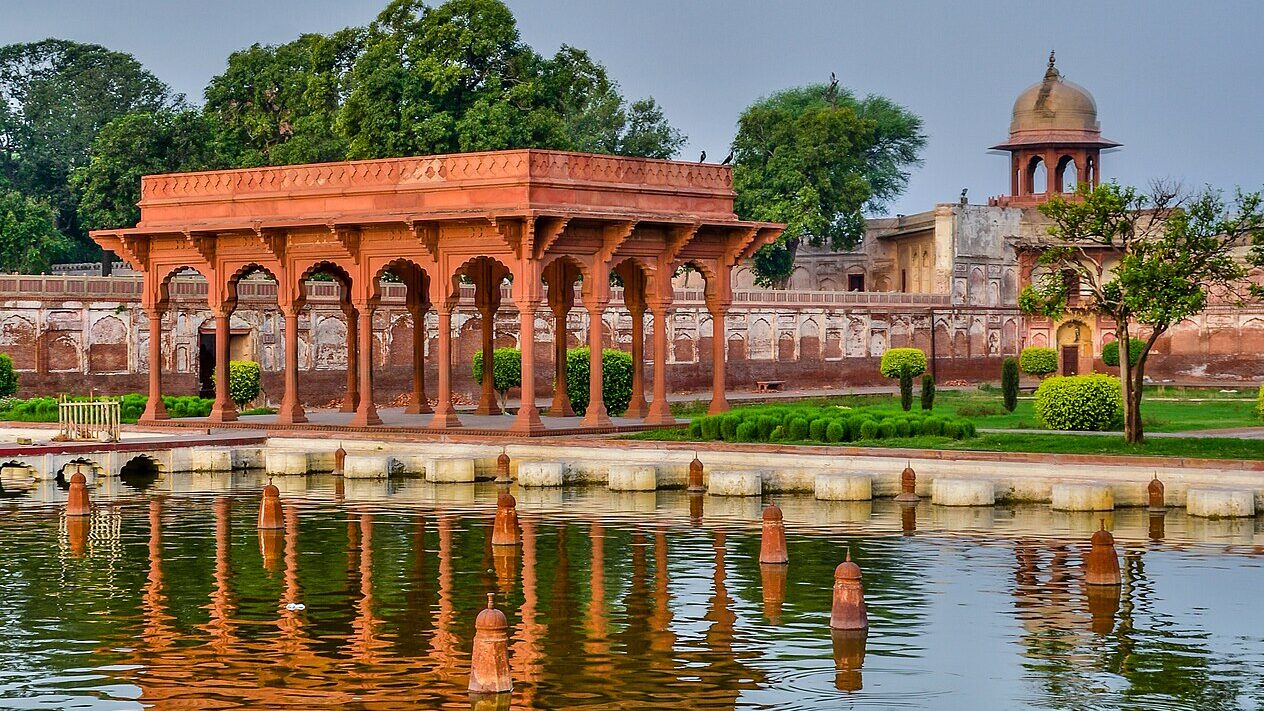
The gardens were built in 1641 under the orders of Emperor Shah Jahan, who is also remembered for constructing the Taj Mahal in Agra. They were completed in just one year with the help of engineers Ali Mardan Khan and Mulla Alaul Maulk Tuni.
Why were they built?
Shalimar Gardens were envisioned as a retreat for the royal family, designed to reflect the Persian concept of “Chahar Bagh” or the fourfold garden. They symbolized paradise and were used for royal gatherings, celebrations, and private leisure.
Where are they located?
Shalimar Gardens lie on the eastern side of Lahore, about five kilometers from the historic walled city. They stand along the route that once connected Lahore to Kashmir, underlining the strategic and cultural importance of the site.
What makes them special?
The gardens are among the finest surviving examples of Mughal landscape architecture. Their combination of water channels, fountains, terraced lawns, and symmetrical design makes them unique and timeless.
Architecture of Shalimar Gardens
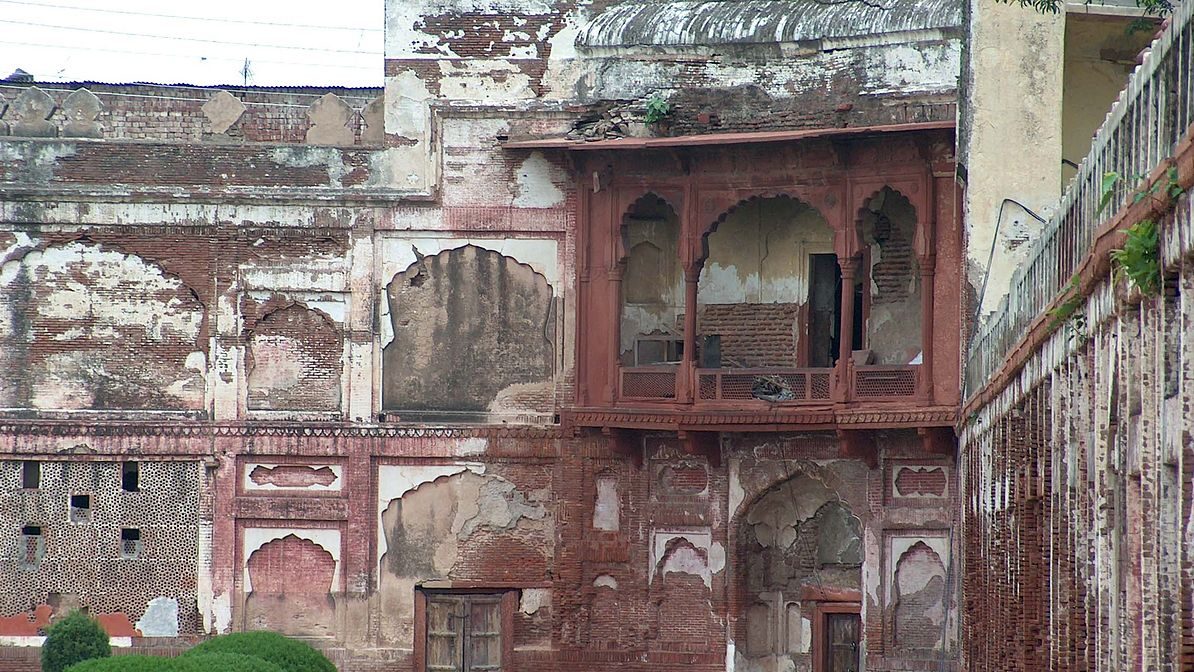
The gardens are spread across three descending terraces, each with its own purpose. The top terrace was reserved for the emperor, the middle terrace for the royal family, and the lowest for nobles and courtiers.
At the heart of the gardens runs a network of water channels fed by an ingenious hydraulic system. More than 400 fountains once sparkled within Shalimar Gardens, creating a refreshing microclimate and a breathtaking visual spectacle.
The pavilions, marble platforms, and shaded walkways reflect Persian influence blended with local aesthetics. Every detail, from the placement of trees to the flow of water, was designed to create harmony, beauty, and balance.
Important Historical Events
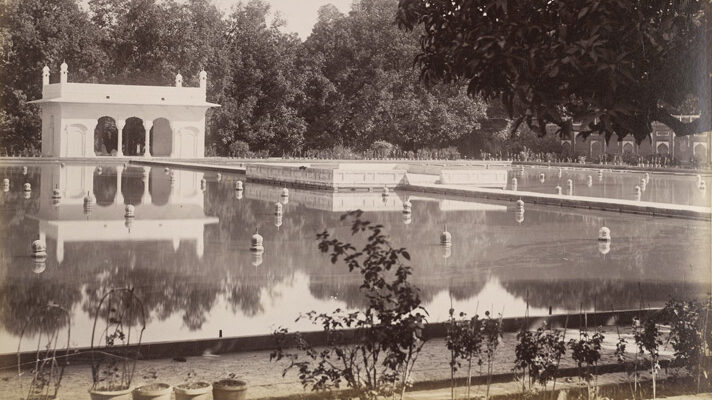
Shalimar Gardens witnessed centuries of shifting power. During the Sikh era, parts of the gardens were damaged, and many precious materials were taken. Under British rule, the site lost its exclusivity as a royal retreat and became more of a public park.
In 1981, UNESCO recognized the Shalimar Gardens Lahore as a World Heritage Site, linking it with the Lahore Fort as part of the “Fort and Shalamar Gardens in Lahore” listing. Despite challenges of preservation, this status brought global recognition to its cultural and historical importance.
Current Use of Shalimar Gardens
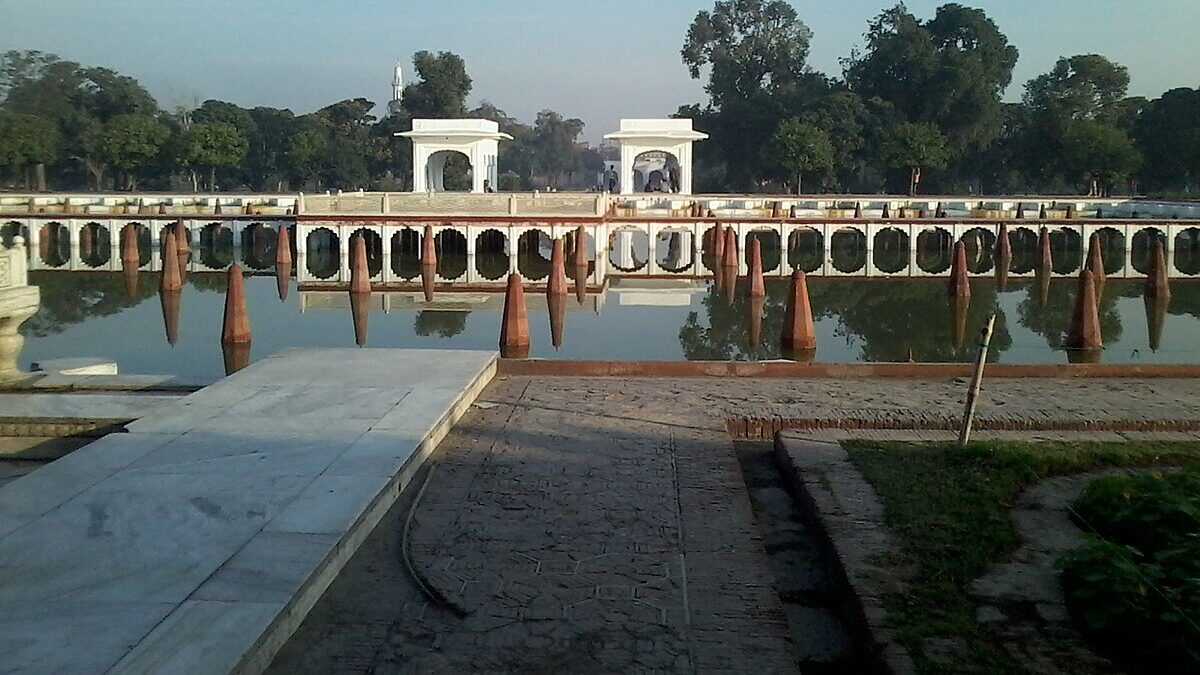
Today, Shalimar Gardens is open to the public and serves as both a tourist destination and a favorite spot for locals. Families gather here for leisure, students come to study, and visitors from across the world arrive to witness Mughal heritage.
The ticket price for Shalimar Gardens is modest compared to its historical value, making it accessible to all. It continues to host cultural events, photography sessions, and guided heritage tours. For many, it remains a place of calm in the midst of Lahore’s bustling energy.
Related Heritage Explorations
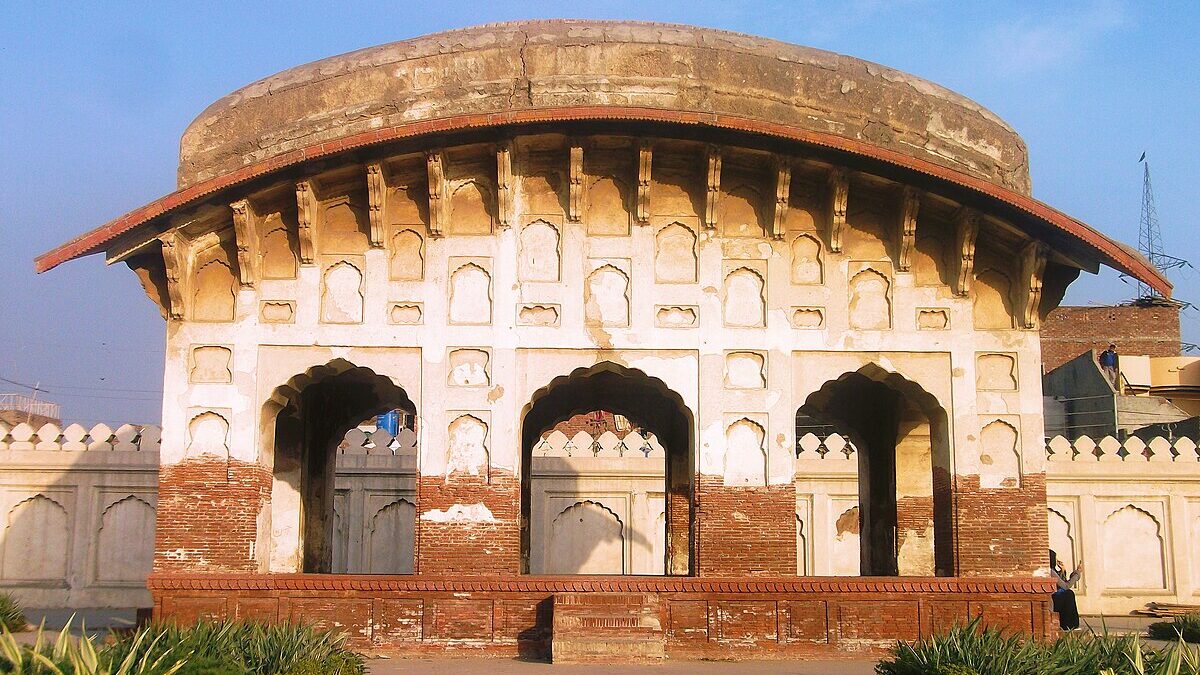
If you enjoyed learning about Shalimar Gardens, you might also like to explore:
Each of these sites connects to the broader history of Lahore, weaving Mughal, Sikh, and British influences into the city’s unique identity.
Shalimar Gardens Lahore is more than a UNESCO site. It is a timeless reminder of the Mughal vision of paradise, a place where history, architecture, and culture come alive. Whether you are drawn to its history, planning a visit, or simply curious about its beauty, the gardens promise an unforgettable experience.
If you wish to experience Shalimar Gardens in the most meaningful way, I invite you to book a customized tour with me. Together, we can explore the hidden stories and architectural wonders that many visitors overlook. Join me, Saad Zahid, in celebrating and preserving Pakistan’s heritage. Follow my platform Vogumentary across all channels for more stories, tours, and heritage journeys waiting to be discovered.
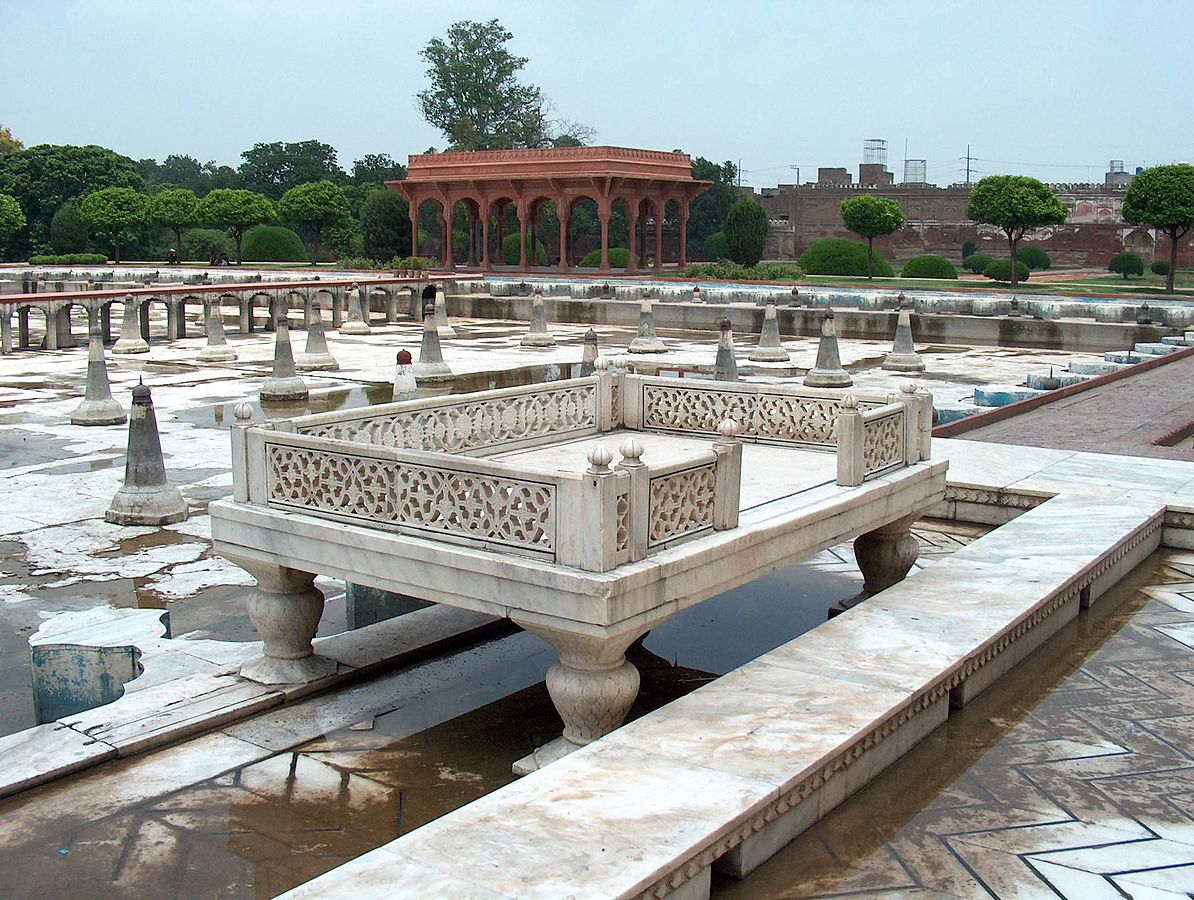
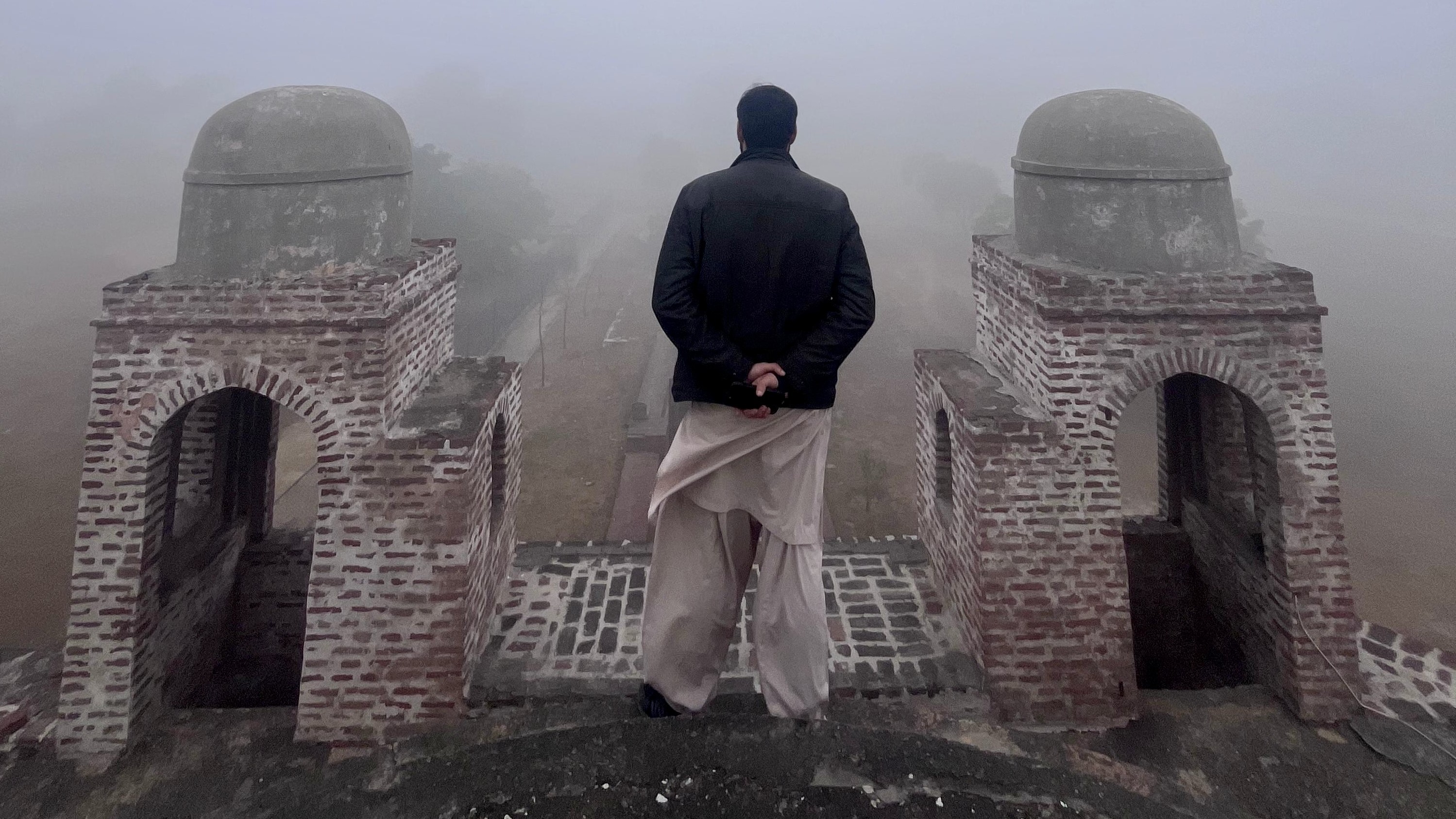
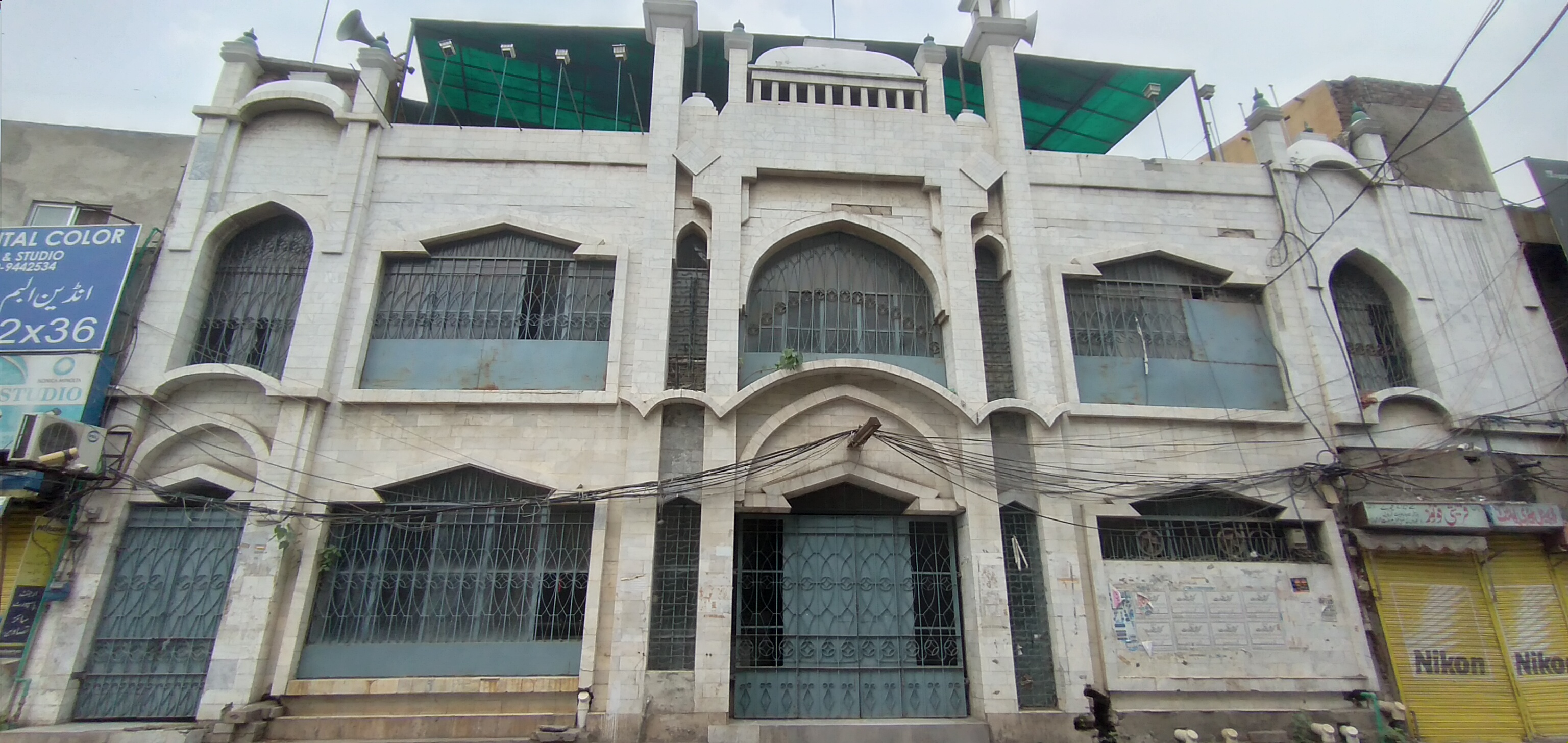

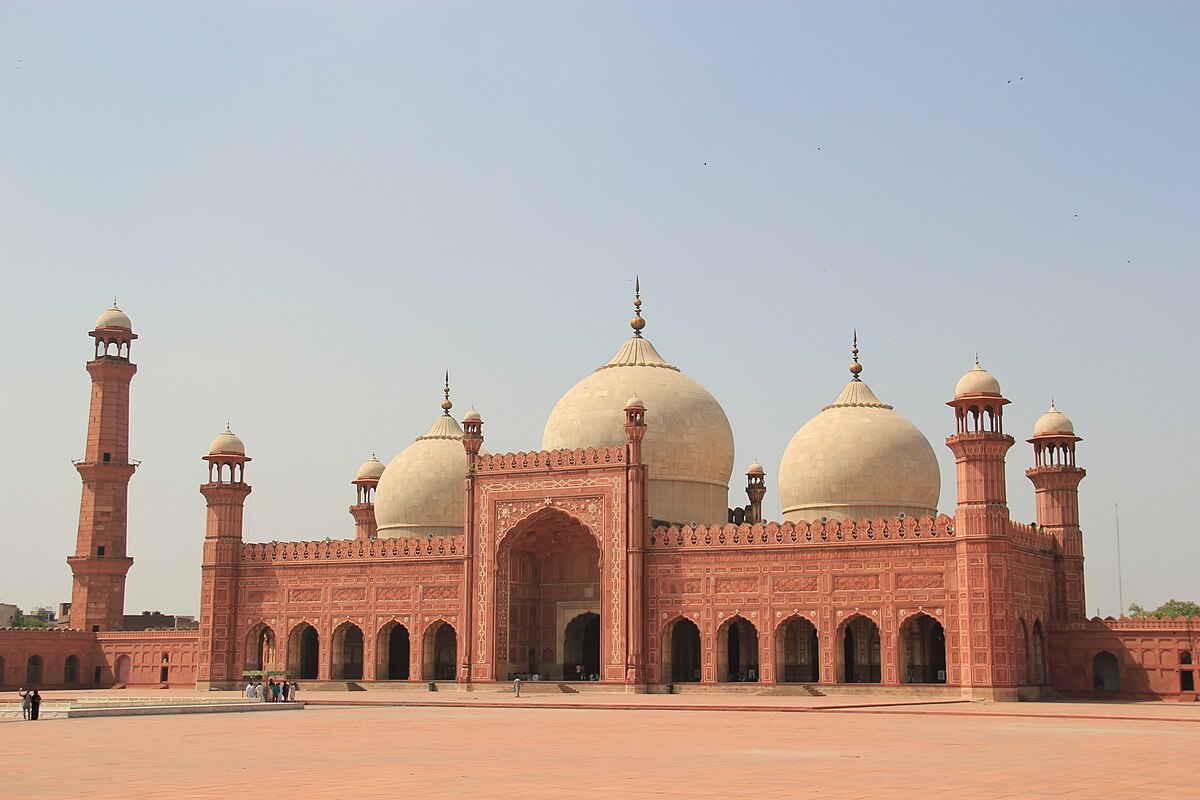
Thankyou for this post, I am a big fan of this site would like to go on updated.
I’m typically to blogging and i actually respect your content. The article has really peaks my interest. I’m going to bookmark your site and hold checking for brand new information.